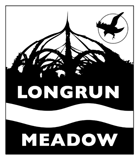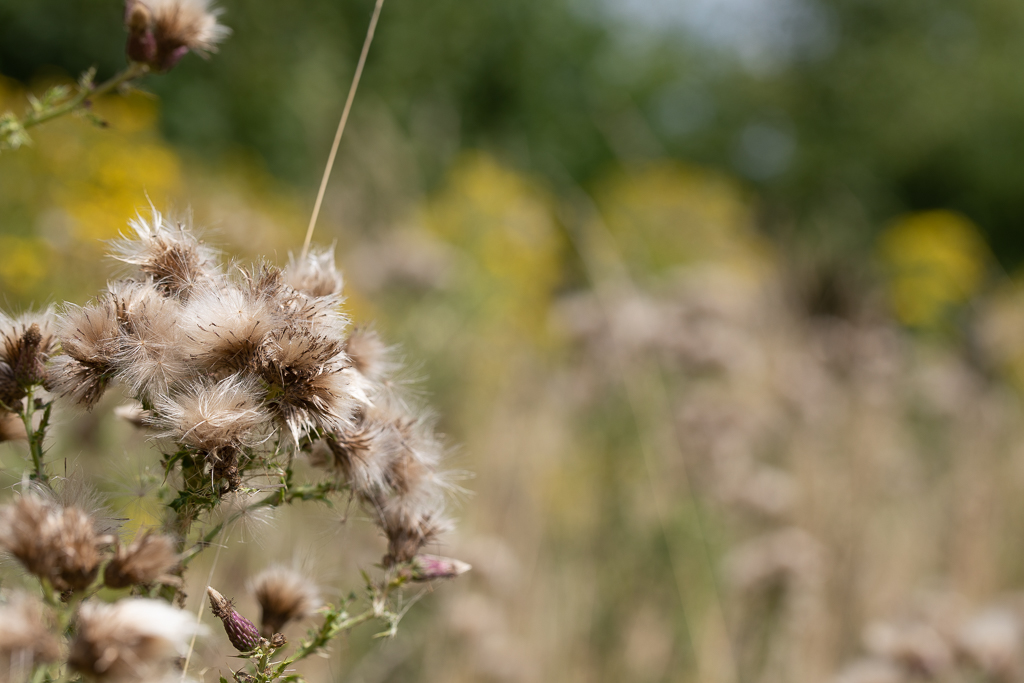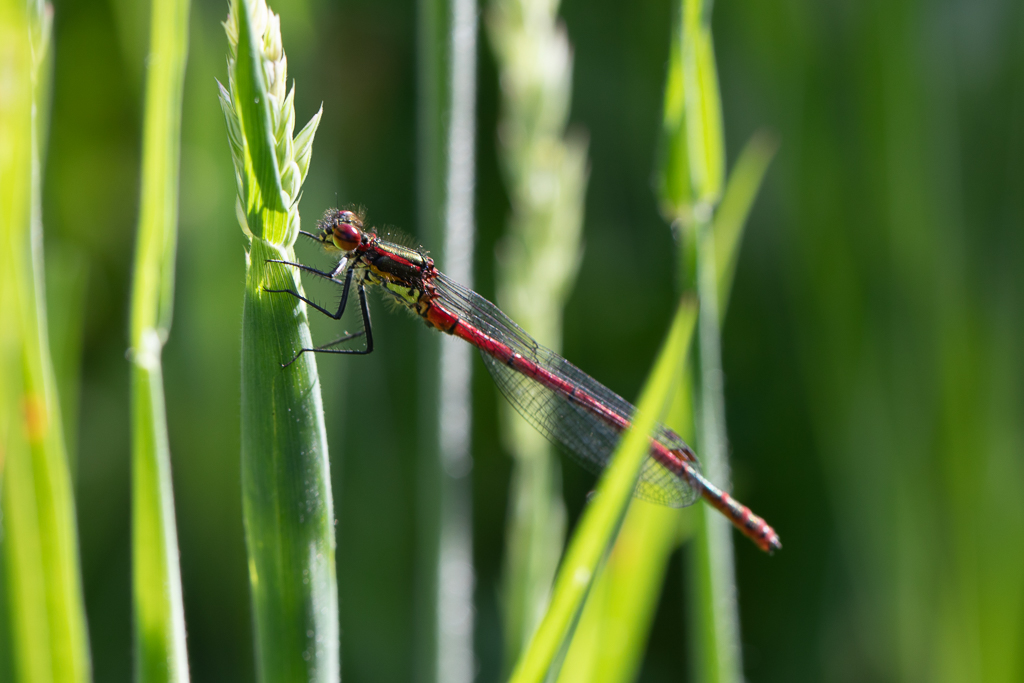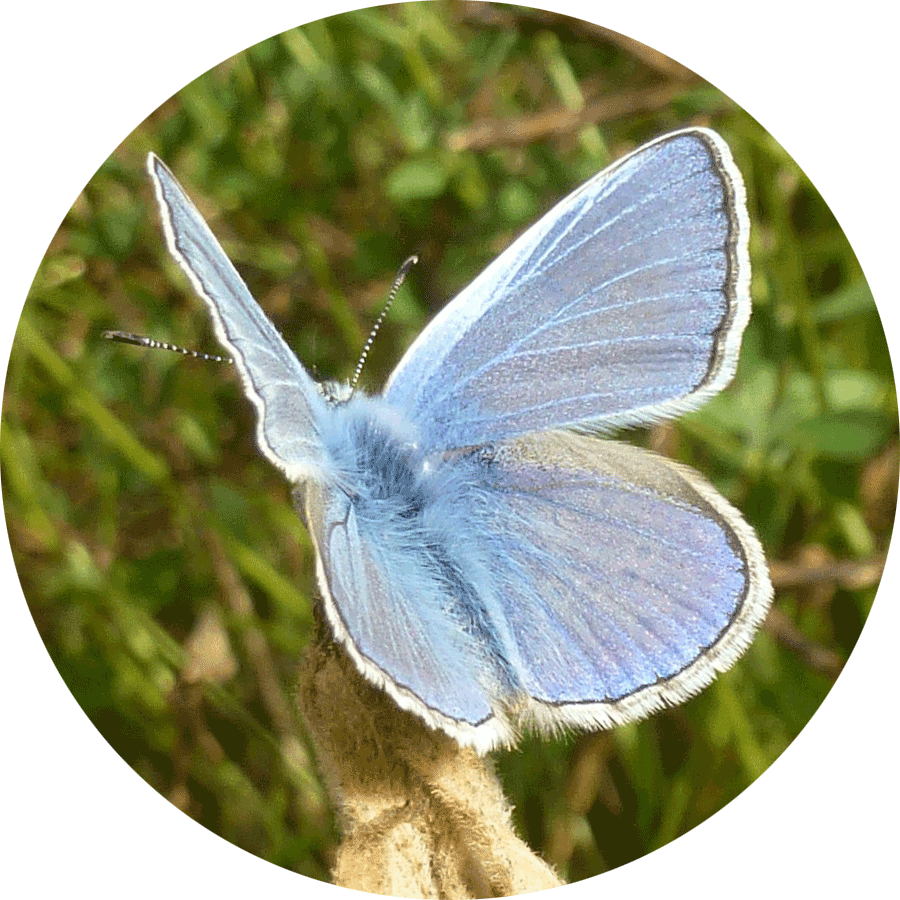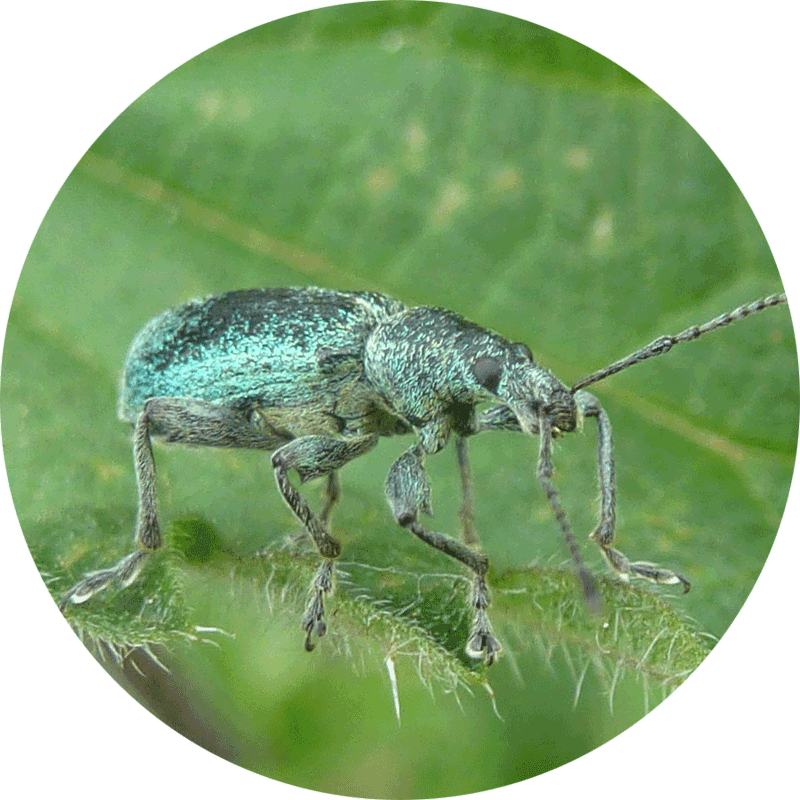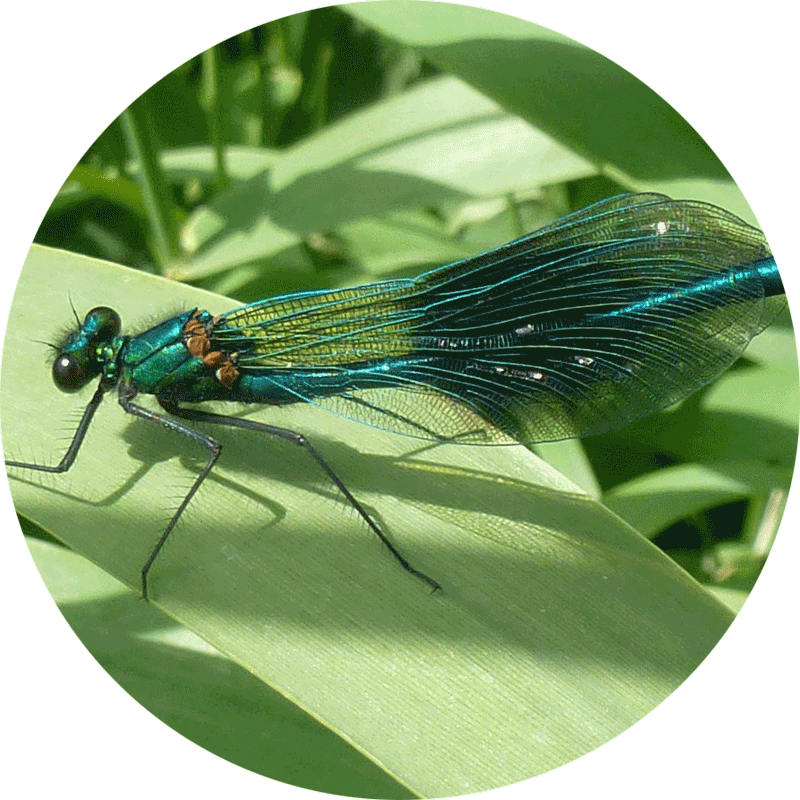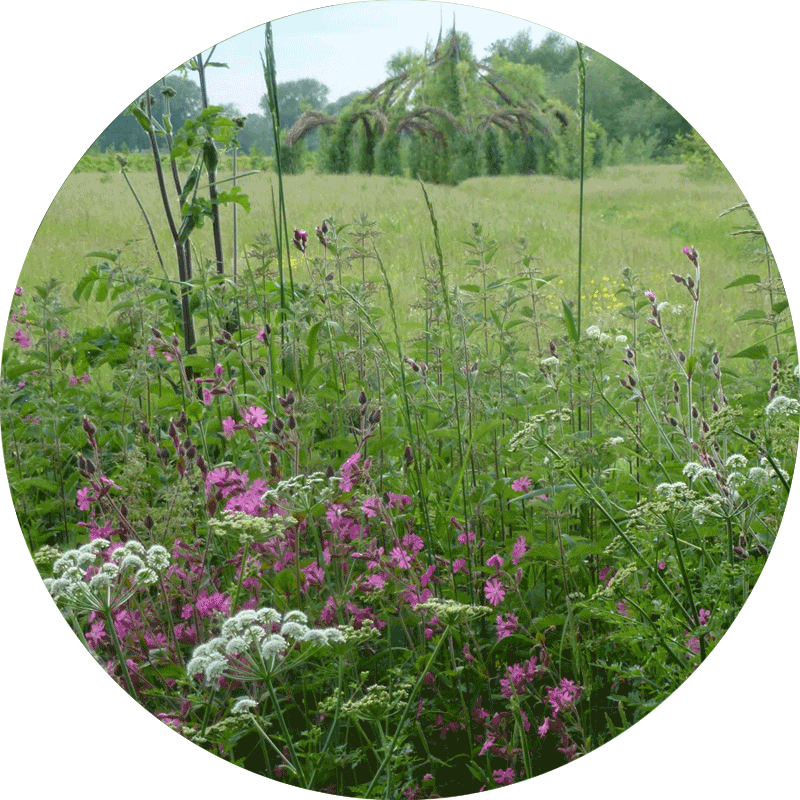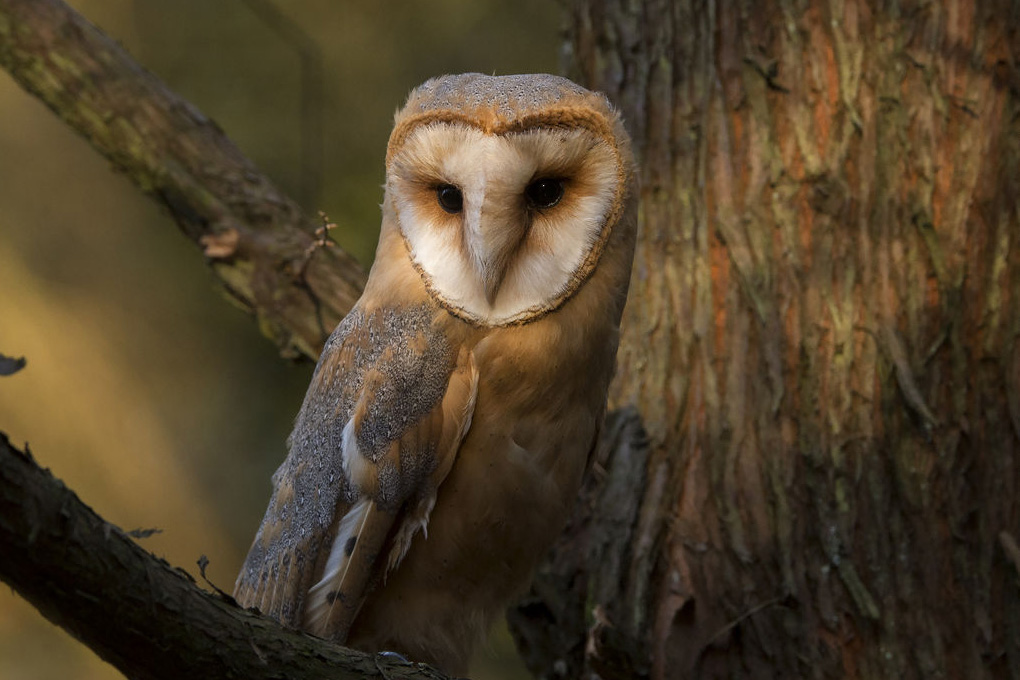Longrun Meadow Conservation Volunteers
The Longrun Conservation Volunteers are a group of passionate local individuals who enjoy working outdoors to create a vibrant and engaging green space. Our efforts focus on enhancing the biodiversity of Longrun Meadow by developing and maintaining various wildlife habitats. We also enjoy lively discussions about current events!
During the winter months, we lay hedges to create continuous corridors for wildlife. Additionally, we plant whips (small trees) to fill gaps in the hedgerow, adding more variety. Among the tree groups planted when Longrun was established, we’ve introduced apple trees for human foraging. In early spring, we maintain the willow cathedral by weaving in the previous year’s growth, transforming it into a self-supporting structure. We’re also creating a wildflower meadow in Cathedral Field, which will not only enhance the beauty of the area but also attract more insects, birds, and mammals.
Our general maintenance tasks include pulling ragwort and Himalayan balsam, clearing paths, picking up litter, and preventing trees from encroaching on field areas.
We meet most Thursday mornings at 10am for a couple of hours. For more information or to join us, email Helen: info.longrunmeadow@gmail.com.
